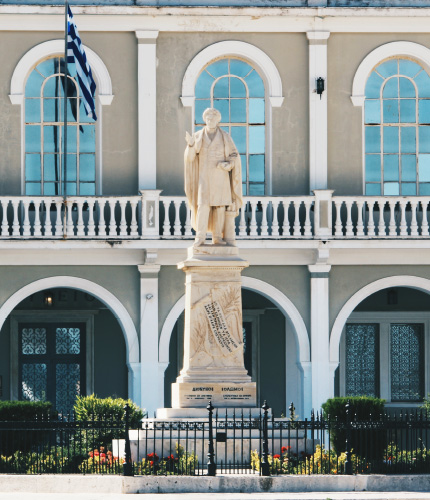Zakynthos, or the Flower of the East as the Venetians called it, was inhabited since the Neolithic Age, as archaeological excavations have shown. Homer first mentioned the island in the Iliad and the Odyssey, writing that the first inhabitants were the son of King Dardanus of Troy called Zakynthos and his men and that they first came to the island around 1,500-1,600 BC. Around 34 AD, Christianity reached the island and became sovereign in the second half of the 3rd century AD during the rise of the Byzantine Empire, which was formed by Constantine the Great. Then, the island of Zakynthos along with the other Ionian Islands came under the rule of the Venetians and the Franks, followed by the rule of the King of Naples and the Prince of Florence. In the 15th century, when the rest of Greece was under Turkish rule, the Ionian Islands were still under Venetian rule. In 1797, French Republicans came to the island promising to change the social, economic and political system, but nothing lasted long. The oligarchy was re-established when the Russians and Turks conquered the island. The French managed to occupy Zakynthos again but the English followed in occupying the island, and stayed from 1814 to 1864. During their rule, the English modernized and developed administration and public works on the island. Having escaped the Turkish occupation, Zakynthos helped the rest of Greece in the Revolution for Independence against the Turks and, along with the other Ionian Islands, they were incorporated into the Greek State on May 21, 1864.












